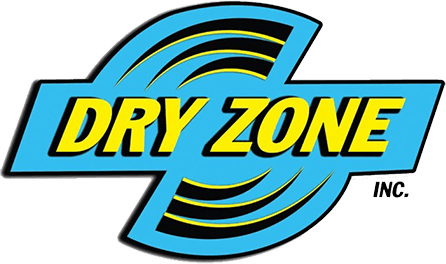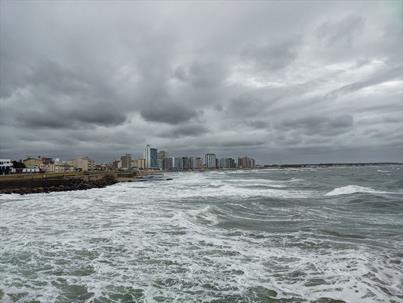Last September 28, Major Hurricane Ian struck Southwest Florida.
Hurricane Ian is the eighth named tropical storm in the North Atlantic, and the landfall occurred at Cayo, Florida, at 19:05 UTC. This hurricane started at Category 3 when it travelled across the Gulf of Mexico. However, with the warm temperatures at sea and the strength of vertical wind, it was raised into an intense Category 4 major hurricane.
Learn more about Hurricane Ian and its impact on Southwest Florida when you continue reading.
The Reminder of Hurricane Charley
Hurricane Charley was one of the worst hurricanes that ever hit Southwest Florida. When this tragedy hit in 2004, it was also classified as Category 4, making it no surprise that people compare it to 2022’s Hurricane Ian.
However, these two hurricanes have distinct differences.
Charley and Ian have similar landfall locations, but Hurricane Ian had a larger wind field and a wider radius of maximum winds. Moreover, the integrated kinetic energy (IKE) of Ian was four times worst than what Charley had. What made the impact worse was how slowly Hurricane Ian moved across Florida.
The full extent of the damage from the hurricane will not be known for days — until authorities can access cut-off areas, telecommunications are working again, and damage can be formally assessed.
The Rainfall and Flooding
According to the NOAA Weather Prediction Center, Hurricane Ian delivered an intense impact due to the storm surge, strong winds, heavy rainfall, and inland flooding.
Many areas in Florida experienced more than 12 to 20 inches of rain, depending on the location. Moreover, There has been an unprecedented amount of fluvial flooding in Central and Northern Florida, with many rivers continuing peaking for days.
The Emergency Declaration and the Initial Damages
With this intense impact, President Biden announced a Federal Emergency Declaration across Florida. This allowed the state to access federal funding for the nine counties Ian has damaged. Aside from this, the state also took action, evacuating people across 26 affected counties.
Because of their proximity to the landfall, most counties got cut off from electricity, with more than 2.6 million power outages reported. Aside from immobilizing all essential services through electricity loss, water system issues also caused major concern in these areas. Flights were also cancelled across the states, plus schools and colleges also suspended their classes.
After Hurricane Ian made landfall, it destroyed the majority of buildings and boats across the area. Within two hours, it washed up boat docks, downed power lines, destroyed vehicles, and collapsed buildings.
What Can You Do with Hurricane Damage to Your Property
In the aftermath of a hurricane, there is often water damage to properties. This water damage can range from minor to major, depending on the extent of the flooding. If your property has been damaged by water, it is crucial to take action as soon as possible to mitigate the damage.
The first step is to assess the extent of the damage. Then, you need to take action to remove the water. Finally, you need to dry out the affected areas and can begin the process of cleaning and disinfecting.
Whether the damage to your property is minor or severe, you need to call in a professional restoration company. These companies offer water damage restoration services and have the experience and equipment to safely and effectively restore your property.
Final Thoughts
Taking action quickly after the damages left by a hurricane as strong as Hurricane Ian is important to mitigating the damage and preventing mould and mildew from growing. If you have any questions about water damage or disaster cleanup, please feel free to contact a professional restoration company.
For your property restoration needs, contact us at DryZone. We are a water damage company in Naples and Fort Myers and we can help you handle your property concerns after this disaster. Give us a call today to learn more.


